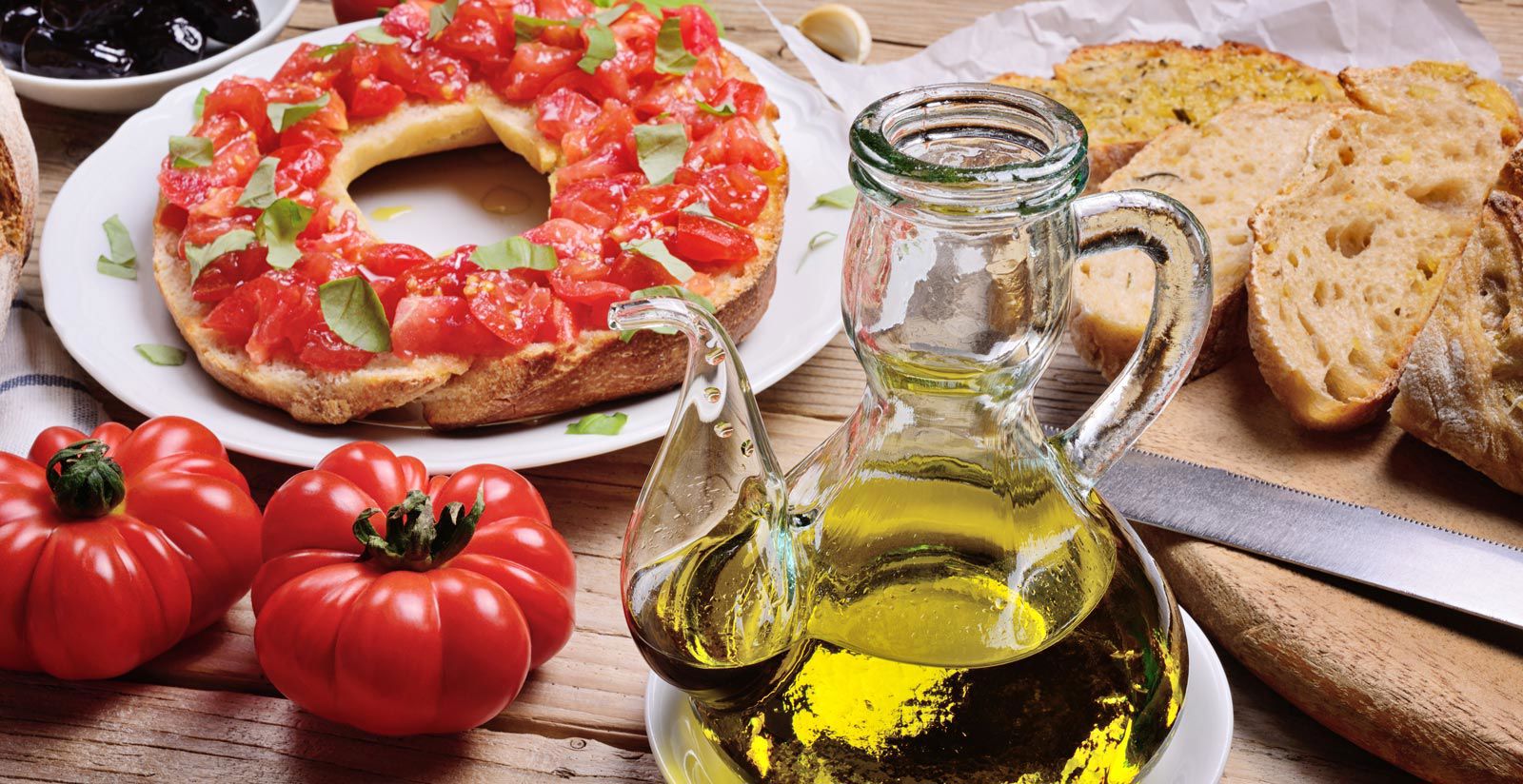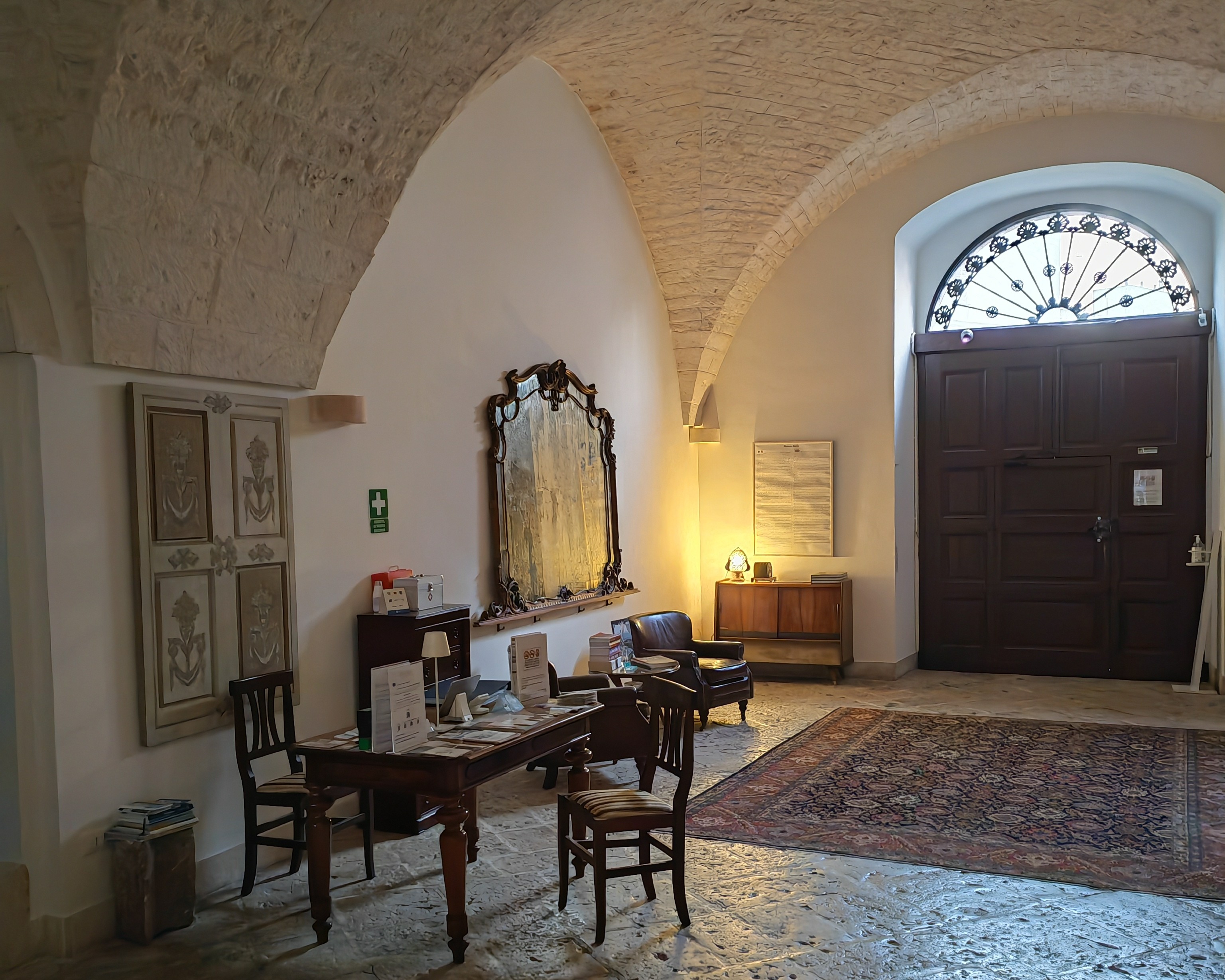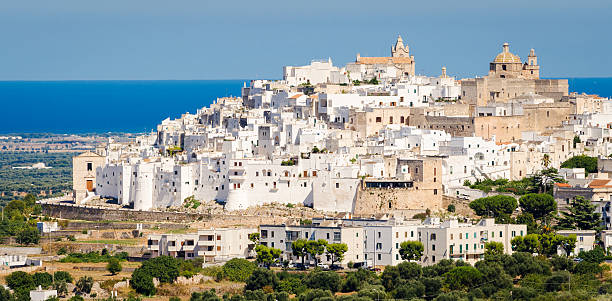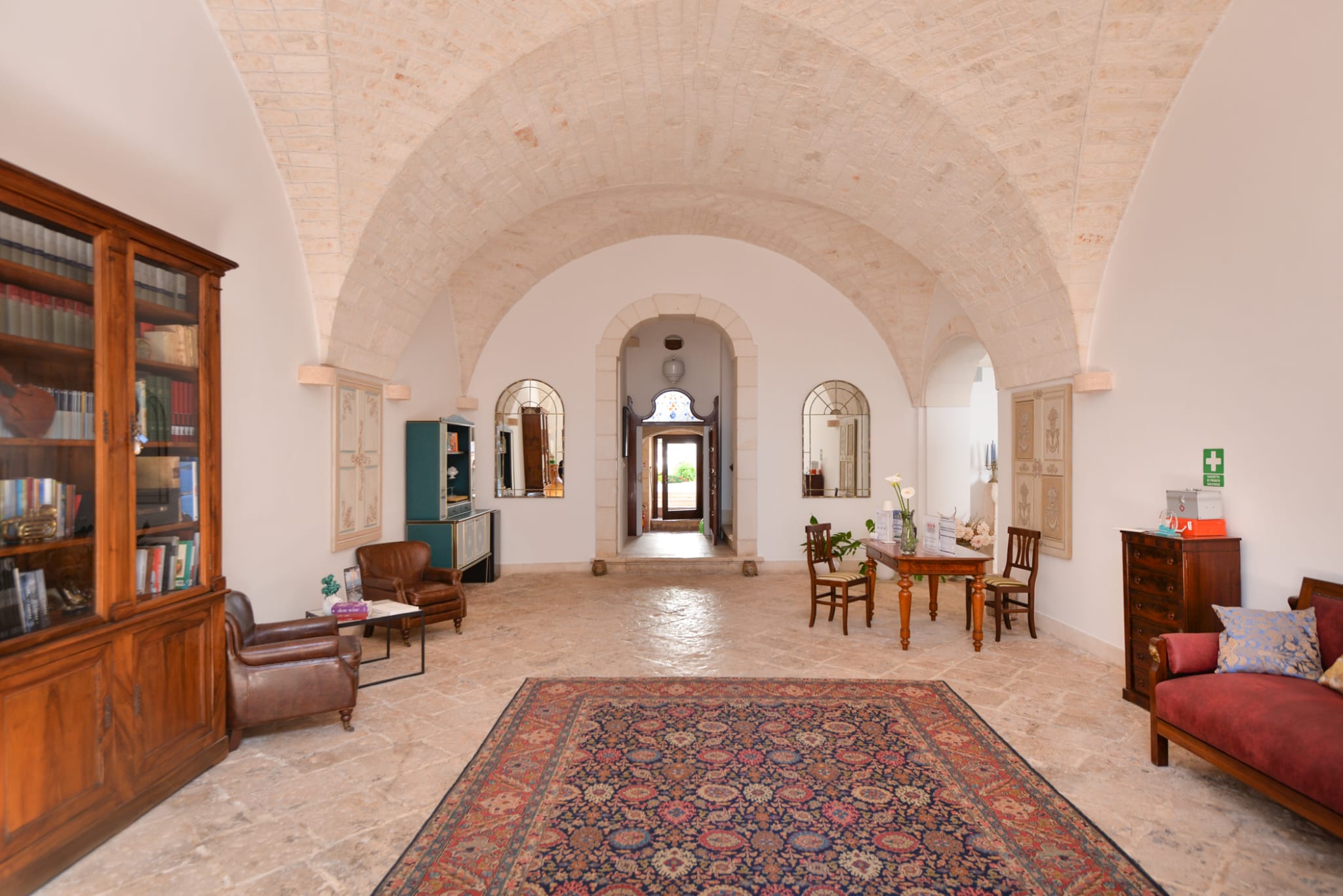APULIAN FRISE: RECIPE, HOW TO EAT AND WHAT THEY ARE
Ladies and gentlemen, here is the FRISELLA! What is and how is the classic Apulian frisa? Whether they are of soft wheat, wholemeal, or barley, or as you prefer, frisa remains the best idea for a quick, healthy and super good meal. Here are some suggestions for having excellent “made in Puglia” frise even at home!
What is the frisa
Apulian frise is a typical baked product that has its roots in the past. It has the typical shape of a tarallo but with the difference of being split in two, after a first firing, and being reinserted in the oven to complete the process. At the end of this will present a fairly crunchy consistency, so much that it will not be possible to taste it like this but only after having kept it for a few seconds soaking in water. Hence the typical “brisa frisa”.
Let’s now take a dip in the past, at the time when the wheat flour frisella was reserved exclusively for the tables of the most affluent, while the rest of the population could consume those in the variant in barley or mixed barley and wheat. Today it is possible to find it in the most disparate variations. We pass from the frise of burnt wheat to those mixed with whole wheat flour, from those of spelled to those of kamut, from those without gluten for celiacs to those of flour to multi – cereals and so on, passing through flavors and experiments.
Our lady frisella can be kept for a fairly long period of time and this has always represented a strong point of advantage, since it has made it a valid alternative to bread that after a few days tends to harden. This was especially true for those periods when flour was scarce or too expensive for the poorer classes.
If we continue to travel in the past, we arrive at the time when, in Puglia, we used to wet the friselle directly in sea water. Once “sponzate” it was seasoned and completed with only tomato or oil and tomato. Nothing was left to chance.
Even their particular tarallo or donut shape had been specially studied. This, in fact, depends on the fact that they were strung in a rope like a necklace and hung for storage or, above all, for transport. This is because the Apulian frische was considered an important travel bread, ready to feed those who would have had to leave home for a long time. They were fishermen (who as previously mentioned have spread the custom of bathing it directly in sea water) or workers who would have to leave for a while ‘from home. At home, however, it was customary to store them in capacious clay jars, the famous and so-called “capasoni”.
In the ancient tradition of Salento, the Apulian fris were produced on a regular basis. It was a biweekly or quarterly frequency during which 100 to 200 kg of flour were kneaded. During bread-making, a smaller part of the dough was used for the production of bread, which was consumed within a few days.
A larger portion, however, was precisely intended for the production of frise, comfortable to preserve over time and always ready to constitute an important source of livelihood. In particular, if we think of less well-off families and, therefore, less able to always guarantee a meal. This is the main reason why, even today, the Apulian frise is associated with a poor and extremely simple meal. But now, all that remains is a mere memory, because today more and more starred chefs reinvent it and propose it in its more gourmet versions.
Frisa: houw to prepare
The Apulian frise is still today one of the most characteristic dishes, loved and internationally recognized. Because there is no human being who has not left his palate and his heart attached to a frisella.
There is also a remedy for this. Here, for the most eager to experiment in the kitchen, how to prepare excellent homemade fry. Even miles and kilometers away from Puglia.
Ingredients (for 10 frise)
- 550 g of flour 1
- 113 g of liquid mother yeast
- 300 g of warm water
- 10 g of salt
Method
1. Put the flour on a pastry board and form a fountain, make a hole in the center and add the yeast, then knead quickly to mix everything.
2. Then start pouring lukewarm water, in which the salt should be dissolved previously. Now gather the flour towards the center and let it absorb all the water.
3. Now switch to knead everything by hand for about ten minutes until you get a smooth dough.
4. Put the dough to rise for an hour, covered with a cloth moistened and wrung out.
5. Spent this first leavening resume the dough (now doubled) and divide it into 5 pieces of about 200 g each (for a total of 10 friselle).
6. Now form with the mixture of “serpentelli” of about 60 cm in length.
7. Twist the pasta snake and form a ring.
8. Place your frise in a pan, cover with a cloth dampened and wrung out and left to rise again for about 6/7 hours.
9. Bake the friselle in a ventilated oven now (even better, to obtain authentic Apulian friselle, if the oven is a wood oven) the first 15 minutes at 200 ° C, then lower the temperature to 180 ° C and cook for another 10 minutes.
10. Obviously, cooking times also change from oven to oven, so the important thing will be to finish the first cooking when the dough will be golden, swollen and still soft (in this way it will be possible to divide it in two horizontally).
11. Now remove the 5 taralli obtained, lower the oven to 150 °, let it cool and cut in half to get 10 pieces.
12. Place the friselle in the pan with the cut upwards and bake for the second and last cooking (bis – cooked).
13. Also the roasting time varies. You go from 20 minutes up, depending on your tastes.
14. At the end, take out and let it cool. Then you can keep them for a long time.
How to eat frisa
To best enjoy this “poor” dish of the Apulian tradition it is necessary first to wet (or leave for a few seconds to soak) the frisa. Then you will have to season with a drizzle of extra virgin olive oil, fresh tomatoes and oregano. This is the traditional, oldest and most famous tomato frise.
It is above all in the Salento area, instead, that it is usually seasoned with oil, tomato, oregano and tuna slices. Here is born the fresh, so summery and loved frisa tuna.
But today the variants are really a lot. There are even those who garnish it with avocado, sin punishable by capital punishment or extreme fantasy? Posterity will judge.
We like to eat it like that, at dusk. On a night in late July, during which our lady frisella came to life and danced among the tables of Piazza Vecchia, the heart of the oldest and most fragrant Ceglie of authentic Apulian cuisine. Grandmother’s kitchen, typical and authentic flavors recovered and made to live again by those who still have Puglia in the heart and the passion in their hands. Live art, the desire to let everything be as it once was and the desire to pass on it. Telling with taste.
So, on the notes of the lightest and most pleasant music that could be there, our frisella has marched in its most beautiful dress. Colored. Ornate with tomatoes, oil and oregano. Or reinterpreted and garnished with tuna, mozzarella, watermelon, basil leaves and so on, passing through flavors, aromas and colors.
“Apuliantouch”, “From Franco relax and more” and “Pugliaddosso” have chosen to celebrate this typical Apulian dish together. Simple but with a unique taste. Special. Summer more than ever.
And as soon as you leave, with your hands already soaked with oil, we hasten to bite our frisella as soon as you can. Because it is enough to hear only the name to trigger that great desire, that even those who have never tasted it know.
And it is now “Oh my frisella!”.
Source: Apuliantouch







